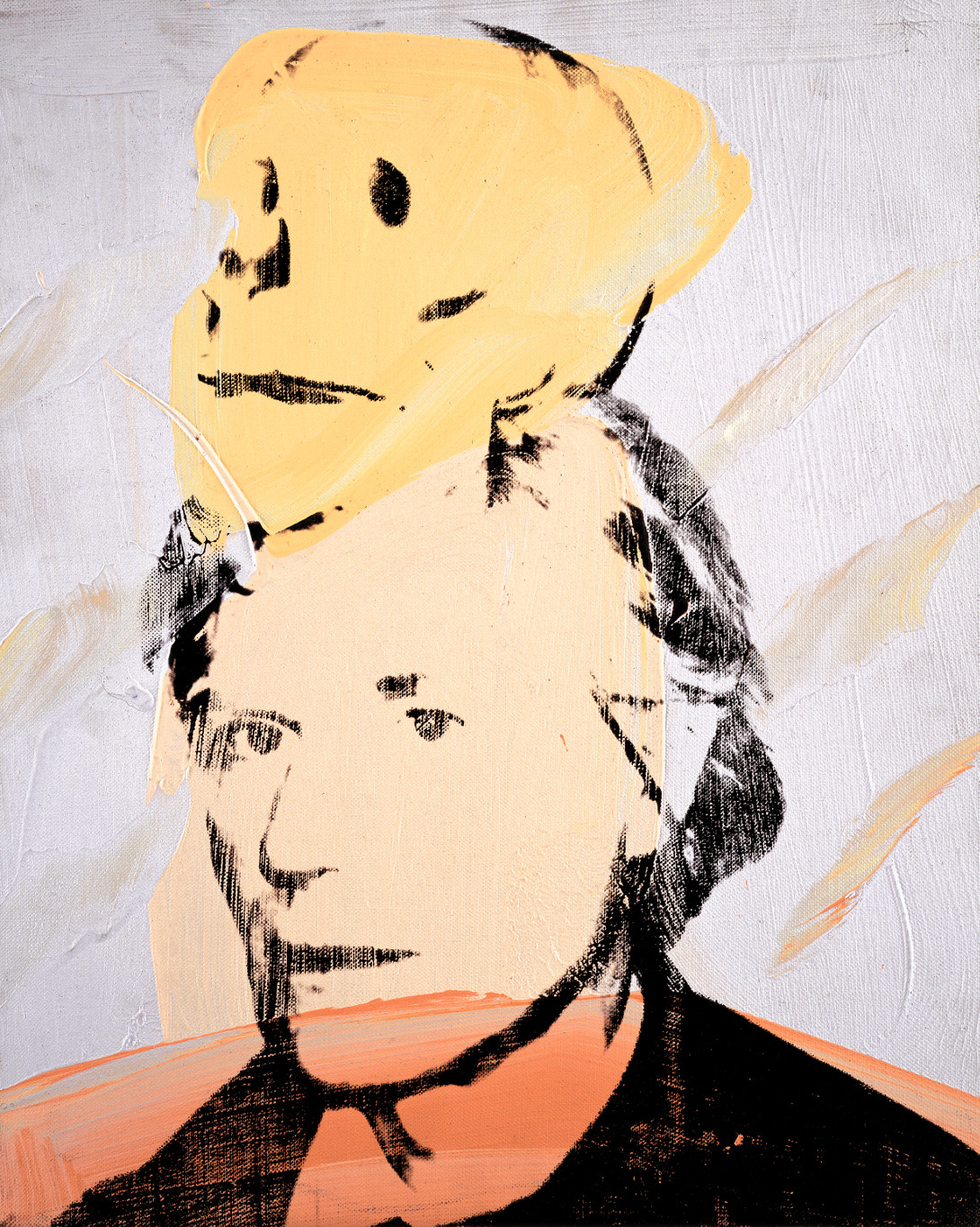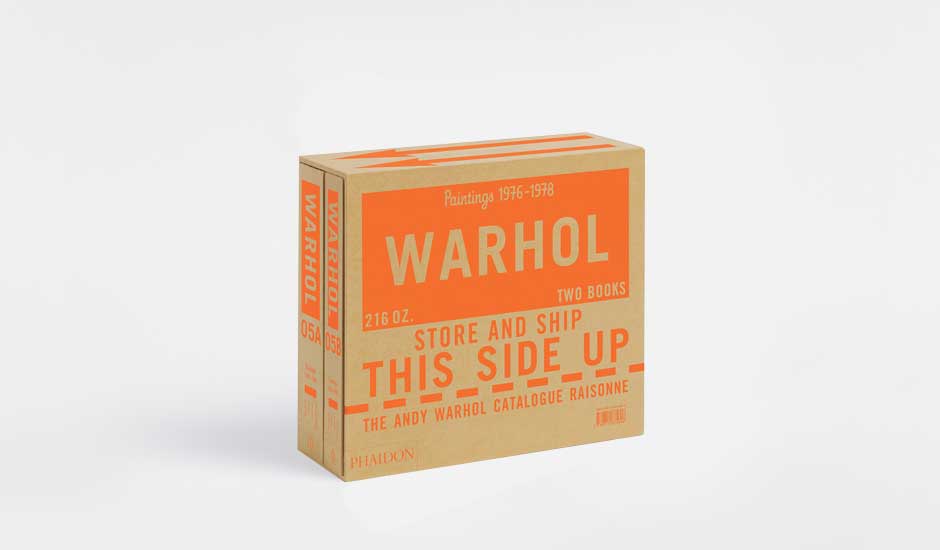
'A walking Gallup poll' - the social side of Andy Warhol’s incredible creativity according to Arnold Lehman of Phillips
Warhol may have borrowed some ideas from others but that doesn't mean his work wasn't 100 per cent Andy
Andy Warhol wasn’t the most reliable interviewee. When, in 1977, his friend and colleague Glenn O'Brien asked the artist where he got his ideas from, Andy said “I do mostly portraits, so it's people’s faces, not really any ideas at all.”
But even a cursory glance through our new book, The Andy Warhol Catalogue Raisonné, Paintings 1976-1978 - Volume 5, proves this is not the case. The portraits are a highly inventive series in themselves – which can be fruitfully compared with earlier, poppier Warhol series – while his other works from the period display a deep level of creativity.
![Andy Warhol, Hammer and Sickle [Still Life], late 1976, acrylic and silkscreen ink on linen, 72 x 86 inches, 182.9 x 218.4 cm. MAXXI - Museo nazionale delle arti del XXI secolo, Rome © The Andy Warhol Foundation for the Visual Arts, Inc., NY, Photo by Phillips/Schwab](/resource/05a-114-l-hammer-and-sickle.jpg)
Nevertheless, Warhol’s inventiveness remains a source of debate for scholars. A few days ago Phillips Senior Advisor Arnold Lehman quoted Warhol confidant Bob Colacello, who once likened Warhol to a “a walking Gallup poll, asking people for ideas and then asking other people what they thought of those ideas.”
Lehman was speaking alongside Donna De Salvo, Chief Curator and Deputy Director for Programs at the Whitney Museum of American Art, art critic Blake Gopnik, and the Andy Warhol Foundation's Vincent Fremont, at Phillips auction house, New York, which hosted the talk, Andy Warhol: A Conversation, last Thursday.
De Salvo, who is curating a major forthcoming Warhol retrospective, agreed, recalling a story from 1960 when Warhol had begun to make hand-painted images of commercial images, such as Coke bottles, but hadn’t – so the story goes – totally made his mind up about his style.
So, De Salvo says, Andy presented two versions of a suitably poppy image to a handful of artworld insiders: “There was one that was very brushy with drips, and one that was very mechanical,” she recalled. The art world moguls said they preferred the clean-lined, mechanical-looking picture.
So were they partly responsible for Andy’s machine-like style? Not really. “I suspect Andy already knew what he wanted,” said De Salvo. “He was always trying to find something that already had currency in the culture.”
Fremont, who worked for Warhol from 1969 up until the artist’s death in 1987, also agreed, recalling how Andy would ask his lucrative portrait clients which Polaroid shots and colours they would prefer, despite knowing exactly what he himself wanted.
“He took all the ideas, digested them, and they came out as ‘Andy,” he said. “He pretended he didn’t do anything, but he did everything.”
Gopnik also took up the point, pointing out that the people who said they gave Warhol his ideas, didn’t generally go on to make great art of their own.
“I think to a certain extent, when people gave him ideas, they were channelling what they knew about Andy already,” he said. “They gave Andy ideas that were ready to be ‘Andified’.”

For a better grasp on Warhol’s process and output, order a copy of our magisterial overview, Andy Warhol Giant Size, and for a work-by-work examination of his career, order The Andy Warhol Catalogue Raisonné, Paintings 1976-1978 - Volume 5.